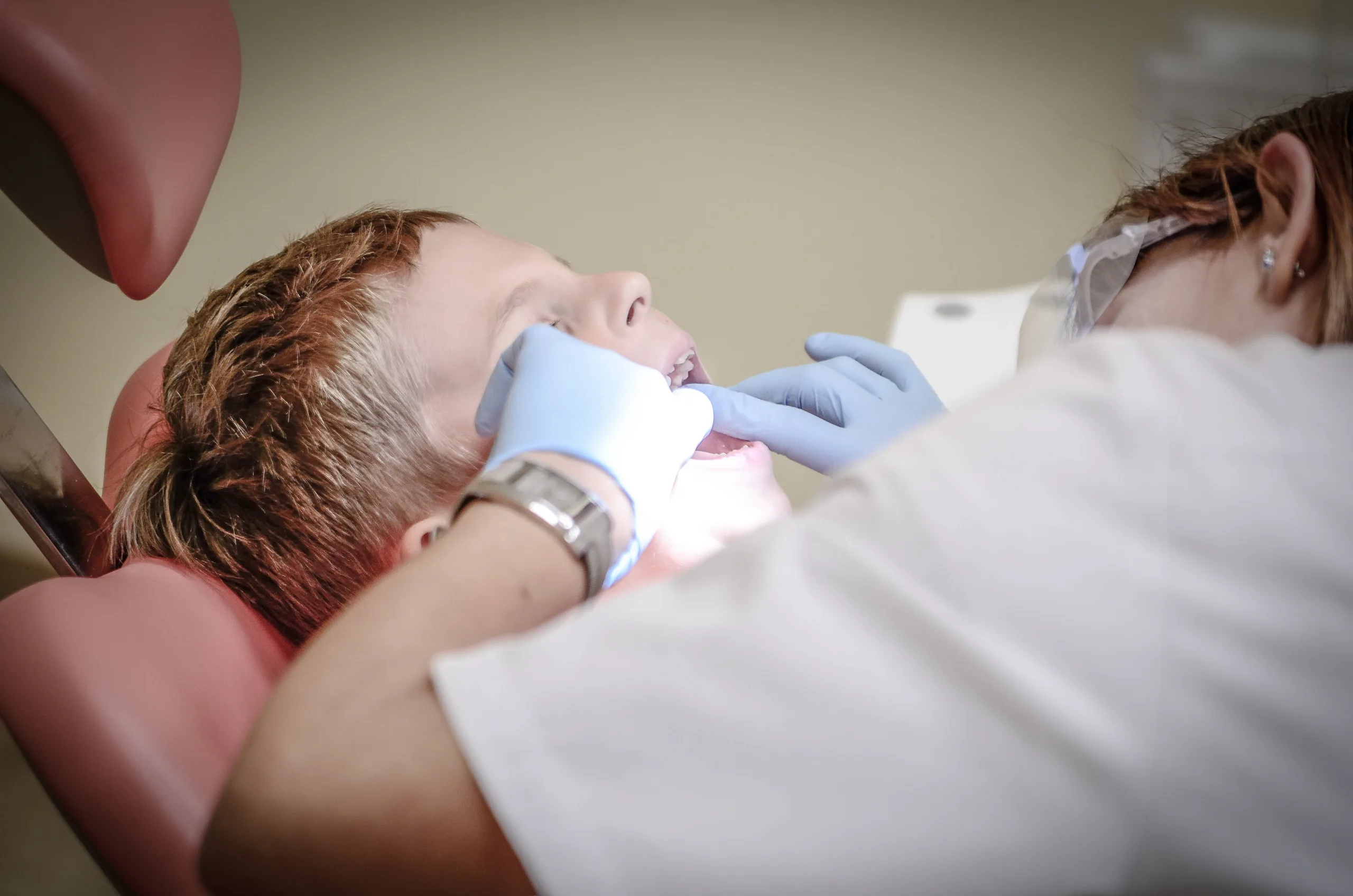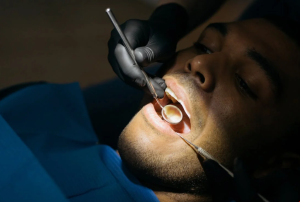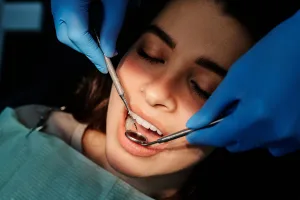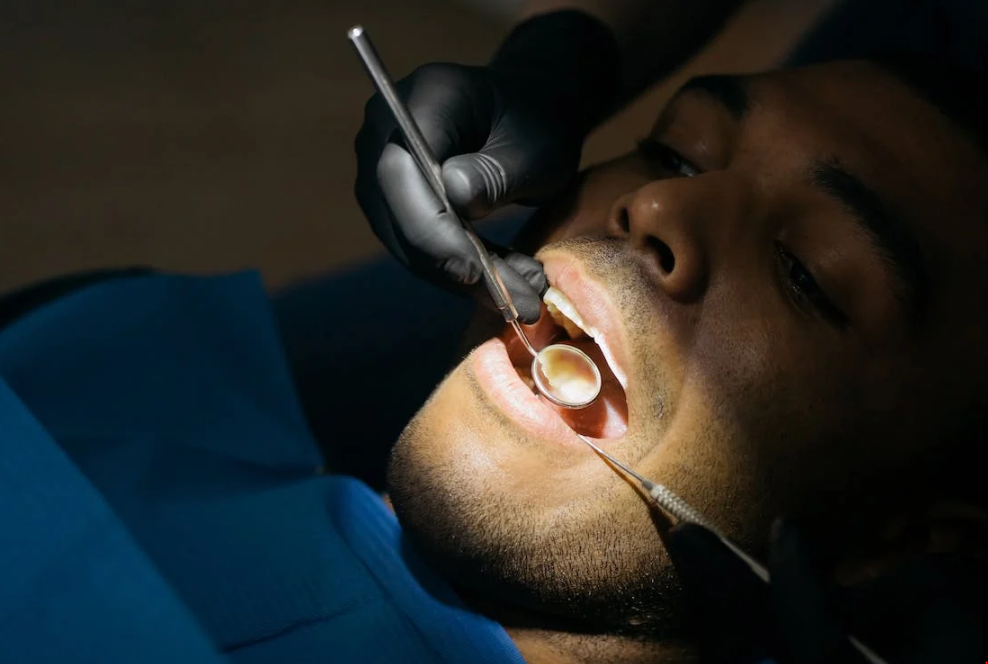Understanding the process of tooth extractions in children is a key part of being a well-informed parent. This involves not just the technical aspect of the procedure but also knowing the reasons behind it, such as severe tooth decay, infection, overcrowding, dental trauma, or orthodontic needs.
However, interestingly, these procedures are not as daunting as they may initially seem. Dental professionals are well-equipped with specialized techniques to ensure your child’s comfort and safety during an extraction. Understanding what happens afterward, namely, aftercare, is equally crucial to helping your child recover with ease. After all, awareness and preparation are a parent’s best tools for dealing with this common dental procedure.
Understanding Tooth Extractions for Children
Tooth extractions in children can be an anxiety-inducing prospect for parents, but understanding the reasons for this procedure, the process involved, and the necessary aftercare can help alleviate worries. Parents must comprehend when and why a tooth extraction might be necessary for their child’s dental health.
Reasons for Tooth Extractions
There are several reasons why a tooth extraction may be recommended for a child. Common reasons include severe tooth decay, overcrowding, infection, trauma, or orthodontic needs. Recognizing these reasons can help parents understand the necessity and potential benefits of the procedure for their child’s overall dental health.
Process of Extraction
The tooth extraction procedure for children is relatively straightforward and typically only requires a general anesthetic. The dentist will evaluate the condition with a dental X-ray, and then extract the tooth using forceps. In some cases, stitches may be required. Understanding this process can help alleviate concerns about the actual procedure and reassure parents about what to expect.
Aftercare Importance
After the extraction, it’s important to stop the bleeding by having the child bite on a piece of cotton gauze or applying pressure. Slight discomfort may be experienced, and over-the-counter pain relievers for children can be used. Avoiding straws and crunchy foods for the first day or two and rinsing with warm salt water are also essential parts of aftercare. Knowing how to care for a child after an extraction is crucial to ensuring a smooth recovery.
Conditions that Warrant Tooth Extraction in Kids
Tooth extractions in children are often necessary to address specific dental issues that can impact their overall health and well-being. Let’s take a detailed look at the conditions that may require tooth extractions and how they can affect a child’s oral health.
Severe Tooth Decay
Severe tooth decay, known as cavities, can lead to pain, discomfort, and potential infections in children. Children aged 2 to 11 may have cavities in their primary teeth. When a cavity becomes too extensive to be repaired with a filling or crown, extraction may be the only viable option. Ignoring severe decay can lead to further complications, such as abscesses, which are painful infections near the root of the tooth. These infections can not only harm the infected tooth but also spread to other parts of the mouth. Therefore, parents must monitor their child’s dental health and seek prompt treatment when signs of severe decay are present.
Overcrowding
Another common reason for tooth extraction in children is overcrowding of teeth. Children may experience overcrowding of teeth, which can lead to misalignment, difficulty in proper cleaning, and an increased risk of dental issues later in life. Extraction may be recommended to create space for proper alignment and prevent future dental problems associated with overcrowding.
Infection (Abscess)
Infections, particularly abscesses, are serious oral health concerns that can necessitate tooth extraction in children. An abscess is a bacterial infection-induced pus pocket that typically indicates severe decay or trauma in the affected tooth. If left untreated, abscesses can cause severe pain, swelling, and even systemic health issues if the infection spreads. Therefore, early detection and timely intervention are crucial to prevent further complications.
Dental Trauma
Dental trauma resulting from accidents or injuries can lead to irreversible damage to a child’s teeth, making extraction a necessary step in certain cases. Falls, sports injuries, or other accidents can cause fractures, displacement, or avulsion (complete removal) of teeth, requiring immediate attention from a pediatric dentist. Prompt evaluation and treatment following dental trauma can help mitigate potential long-term consequences and ensure the best possible outcome for the child’s oral health.
Orthodontic Treatment
Orthodontic needs also play a role in the decision to extract teeth in children. Misaligned teeth may require extraction as part of orthodontic treatment to create space for successful realignment and optimal dental positioning.
Understanding these conditions that warrant tooth extraction empowers parents to recognize potential issues early on and seek appropriate dental care for their children. By addressing these concerns proactively, parents can play a pivotal role in safeguarding their children’s oral health and ensuring overall well-being.
Benefits of Dental Extractions
It’s natural to feel concerned about your child undergoing a dental extraction. The idea of pain, swelling, or infection after the procedure can be worrisome. However, it’s important to weigh the risks against the long-term benefits that come with improved oral health and the prevention of complications. Some benefits include:
- Prevention and Correction: Extracting problematic teeth prevents more serious issues down the road and corrects alignment problems early on, which could save time and money on extensive treatment later.
- Improved Oral Health: Removing infected or damaged teeth creates space for healthier teeth to grow properly, promoting better oral health in the long run.
- Pain Relief: Eliminating a painful tooth can bring relief to your child and improve their eating and chewing abilities.
Handy Tips for Parents on the Dental Care Regime
Regular dental check-ups are essential to monitor your child’s oral health and potentially prevent the need for tooth extractions. Identifying any issues early on through regular preventive care can help address them before they become more serious.
Apart from regular check-ups, developing a good dental care regimen at home is crucial to promoting healthy teeth and gums for your little ones. Encourage your child to brush their teeth at least twice a day for two minutes each time, using fluoride toothpaste if they’re aged 3-6 years. It’s important to use a pea-sized amount of fluoride toothpaste for children aged 3-6 years and ensure your child flosses once a day, especially before bedtime.
In addition to regular brushing and flossing, teaching your child about the importance of a balanced diet rich in fruits and vegetables can significantly contribute to their oral health. Limiting sugary snacks and drinks can help prevent cavities, while encouraging the consumption of nutritious foods to promote healthy teeth and gums. Remember, it’s all about forming healthy habits early.Now that we’ve established the importance of regular dental check-ups and an effective dental care regimen, parents need to consider seeking expert guidance on family dentistry. A trusted dentist in Hillsborough, NJ, such as Hillsborough Prime Dental, can provide valuable assistance in ensuring your child’s long-term oral health. Contact us at (908) 359-8555 to schedule an appointment today!












